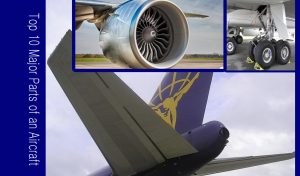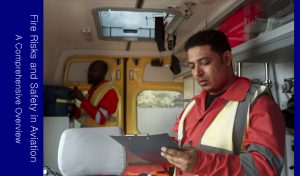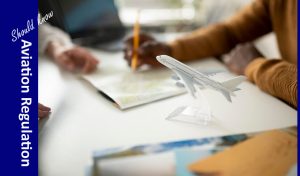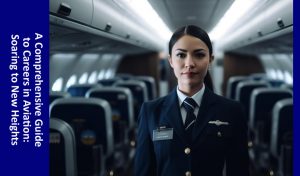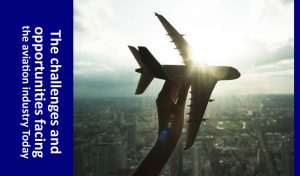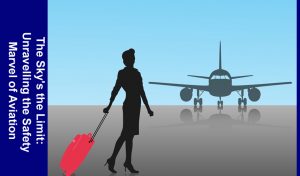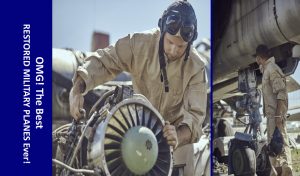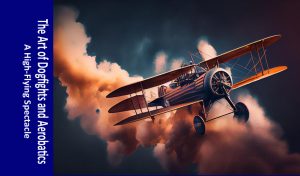Flying during the day and night each comes with its own set of advantages and challenges. The safety of flying during the day versus night is a topic that’s frequently discussed within the aviation community. While both are generally safe, certain factors make one time of day potentially safer than the other. In this comprehensive session, we are Exploring the Contrasts Between Flying in Day and Night, with tips for travelers, and we will know which time is generally considered safer.
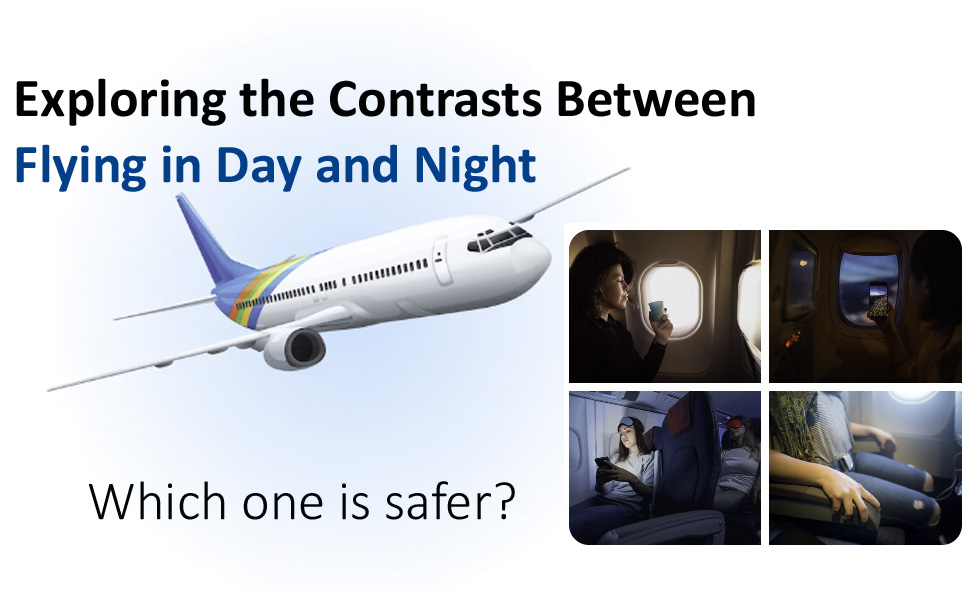
Flying During the Day:
Flying during the day is the most common and preferred time for both commercial and private aviation. Here are some of the key factors and advantages of daytime flying:
- Visibility: Daylight provides excellent visibility. Pilots can clearly see the ground, other aircraft, and any obstacles in their path. This is crucial for navigation and collision avoidance.
- Natural Light: Natural light is helpful for reading instruments, maps, and charts. It aids pilots in maintaining situational awareness and monitoring the aircraft’s systems effectively.
- Visual Reference Points: During the day, pilots have visual references like roads, rivers, and landmarks, which make navigation easier. This can be especially helpful when flying in unfamiliar areas.
- Improved Human Performance: Humans are naturally diurnal creatures, meaning our bodies are most alert and perform at their best during the daytime. This can apply to pilots, air traffic controllers, and maintenance crews, leading to reduced human error.
- Weather Conditions: While weather conditions can vary throughout the day, many types of turbulence, such as thermal turbulence caused by uneven heating of the Earth’s surface, tend to be less severe during the morning and early afternoon.
- Emergency Response: In the unlikely event of an emergency, daylight offers better visibility for search and rescue teams to locate and assist a downed aircraft.
Tips for Travelers:
- Seat Selection: If you enjoy scenic views, choose a window seat. You’ll have the opportunity to take in the landscape below.
- Stay Hydrated: The cabin environment can be dehydrating, so drink plenty of water to stay comfortable during your flight.
- Wear Sunscreen: The sun’s UV rays are stronger at higher altitudes, so apply sunscreen if you’re seated by a window.
- Keep Essentials Handy: Ensure your travel essentials, such as documents, medications, and entertainment, are easily accessible.
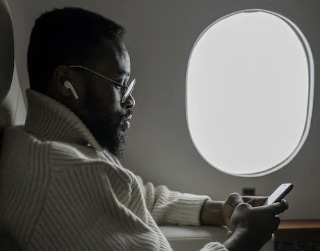
Flying at Night:
Flying at night, often referred to as “red-eye” flights, presents a different set of circumstances and considerations:
- Reduced Visibility: Nighttime flying offers reduced visibility compared to daytime. The lack of natural light can make it challenging to spot other aircraft, terrain, and obstacles.
- Instrument Dependence: Flying at night often relies heavily on instruments for navigation and control. Pilots must be proficient in using the aircraft’s instruments, including the altimeter, attitude indicator, and navigation aids.
- Visual Fatigue: Pilots and passengers may experience visual fatigue and decreased alertness during long nighttime flights. This can lead to a decreased ability to respond to unexpected events.
- Light Glare and Distractions: Artificial lights from the ground, other aircraft, and cities can sometimes cause glare and distractions. This can affect the pilot’s night vision and concentration.
- Weather Variability: Weather conditions can be less predictable at night, with phenomena like temperature inversions and fog being more common. Icing can also be more of a concern.
- Human Performance: Night flying can be more mentally and physically demanding due to reduced visibility, circadian rhythm disruptions, and the potential for pilot fatigue.
Tips for Travelers:
- Pack Comfortably: Wear comfortable clothing and bring items like an eye mask and earplugs to help you rest during the flight.
- Stay Hydrated: Dehydration can exacerbate the effects of jet lag, so continue drinking water throughout the flight.
- Adjust Your Sleep Schedule: If you’re crossing time zones, try to adjust your sleep schedule before your flight to minimize jet lag.
- Use Noise-Canceling Headphones: These can help reduce ambient noise, making it easier to sleep or focus on in-flight entertainment.
- Limit Alcohol and Caffeine: Both alcohol and caffeine can disrupt your sleep patterns. Consider limiting their consumption during the flight.
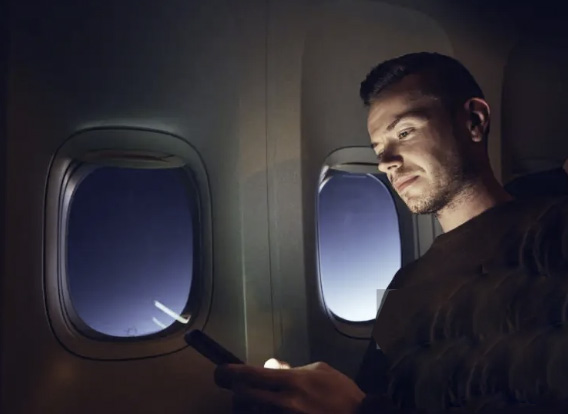
Safety Considerations:
The safety of flying during the day versus night largely depends on various factors, including pilot proficiency, aircraft equipment, and weather conditions. While daytime flying provides better visibility and reduced instrument dependence, nighttime flying demands a higher level of instrument and navigation skills.
In terms of safety, it’s essential to note that aviation regulations and procedures are designed to ensure safe operations at any time of day or night. Commercial pilots receive extensive training that includes night flying operations and how to handle challenges specific to night flights, such as instrument approaches and night vision.
In some cases, night flights may even be safer due to factors like reduced thermal turbulence and lower air traffic. Additionally, passengers often experience fewer distractions during nighttime flights, which can contribute to a quieter cabin environment and reduced potential for incidents caused by passenger interference.
However, it’s crucial to emphasize that both day and night flying are safe when operated within the appropriate regulations and guidelines. Pilots are well-trained to handle various scenarios, and aircraft are equipped with advanced navigation and communication systems to ensure safety at all times.
In conclusion, flying during the day and night each has its own set of advantages and challenges. Daytime flying offers superior visibility, while nighttime flying relies more on instruments and can be mentally and physically demanding. The safety of flying during the day versus night largely depends on various factors, and both are considered safe when operated within established regulations and guidelines. Travelers can enhance their experience by following the provided tips, whether flying during the day or night, and by trusting in the expertise of pilots and aviation professionals who prioritize safety above all else.
